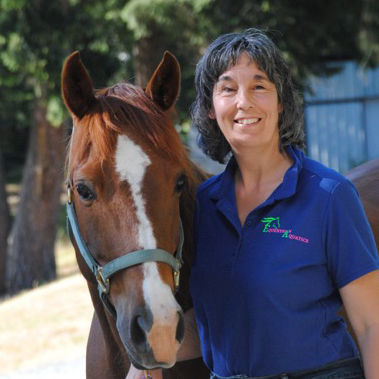
Trish Hyatt
Oh good you found the contact page. I'm smiling even bigger than in the picture.
I enjoy living in the present, like a horse, and sometimes my memory's not so good. Or maybe we haven't met yet.
To get my best reply, pretend I don't know you and tell me everything I need to know.
I added a form below to make it easy, but you can also send me an email if you prefer.
Here’s the kind of messages I love getting:
- Questions about any of my courses you're thinking of joining – I’d be happy to answer them.
- Requests for in-person clinics – I still do these once in awhile.
- You just want to let me know something I said or did changed your life. I love getting these!
Let's skip these asks, okay?
“I have a quick question” or “Pick your brain” requests aka Free Coaching…
These types of questions are great on my WE Simplified Community Facebook group where everyone can benefit. See link below.
If you haven't heard from me within 24 hours I'm probably off having fun at a clinic where there is no service.
Occassionally messages evaporate into thin air, so feel free to send me another one.
Form is loading...slowly...
